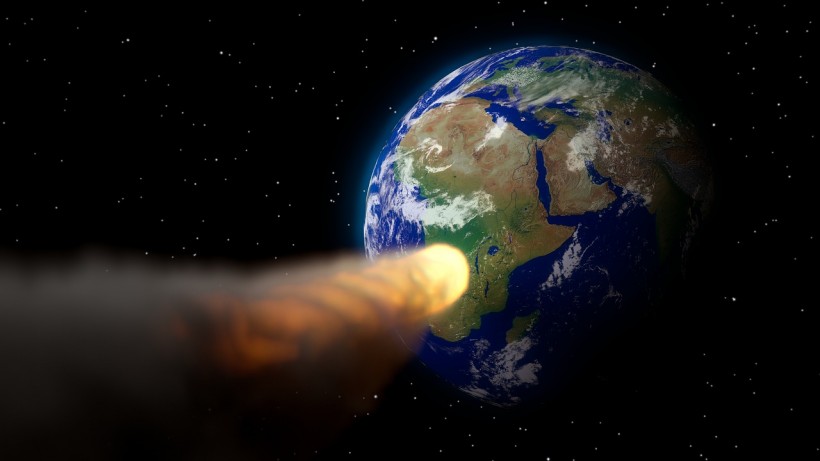How hazardous are asteroids to Earth that NASA even invented a way to push space rocks out of its way to the planet? Delve into the complexities of what constitutes this threat in this article.
Know the prevalence of asteroids, their sizes, speeds, and their portrayal in media, along with the real historical impacts they've had, raising questions about the actual risks posed by these space rocks.

How Hazardous Are Asteroids to Earth? Understanding Its Threat and the Reality of Near-Earth Encounters
Asteroid Threat By Numbers
NASA shares an overview of the general risks associated with asteroids impacting Earth. It illustrates that the majority of asteroids are small in size and result in minimal damage upon collision, whereas the rare instances of high-impact collisions involve larger asteroids.
These occurrences lead to frequent but low-impact interactions with smaller asteroids and infrequent but substantial effects from larger ones, with the smallest asteroids typically disintegrating in the atmosphere without reaching the surface.
When a small asteroid or meteoroid enters Earth's atmosphere, it generates a striking "fireball," akin to an elongated and radiant version of a shooting star or meteor. If any remnants of the object survive and reach the ground, they are termed meteorites, but most of the object is consumed by the atmosphere during entry.
The graphic quantifies the anticipated frequency of asteroids approaching Earth, indicating that, on average, a four-meter asteroid intersects the planet's surface once a year.
Doubling the surface area would result in two occurrences per year, indicating that approximately once annually, a four-meter asteroid approaches within 2,600km of Earth's surface, accounting for the difference between Earth's radius of 6,400km and the sphere's radius of 9,000km.
This pattern continues with the doubling of surface area leading to two instances per year within 6,400km of the Earth's surface, aligning with recent data on close approaches by asteroids.
A distance of a few thousand kilometers might seem substantial for small asteroids, but media-covered asteroids typically pass at much greater distances, with astronomers defining a "close approach" as anything nearer than about 300,000 kilometers, a term that differs from public perception.
There were 126 close approaches last year, and 50 incidents so far this year. When considering large asteroids over one kilometer in diameter, the same simplified logic suggests that while civilization-threatening impacts might happen roughly every half a million years, there could be thousands of near misses (closer than the Moon) within that same timeframe. An example of this is the asteroid 153814 (2001 WN5), which will come as close as 248,700km from Earth in 2029.
READ ALSO: What If a Big Asteroid Hits Earth? Scientists Explain the Extent of Danger
No Threatening Asteroids So Far
NASA said that there is no sizeable asteroids currently on a collision course with Earth in the foreseeable future that could cause substantial damage, but there is a substantial count of large asteroids in proximity to Earth, and the discovery of new near-Earth objects occurs frequently, with over 27,000 identified thus far.
According to Kelly Fast, a program manager in NASA's Planetary Defense Coordination Office, while the count of these populations is increasing, there is presently no identified asteroid that poses a noteworthy risk to Earth.
The increasing count of near-Earth objects might seem counterintuitive, but it is a good news for potential impact concerns. Planetary defense, involving two critical phases, addresses the threat of asteroid impact.
NASA's Double Asteroid Redirection Test (DART) was used to test whether deflecting an asteroid away from Earth's trajectory is possible. However, in reality, locating and plotting the orbits of these asteroids years in advance is a prerequisite before any deflection attempt can be made.
RELATED ARTICLE: Nuking Dangerous Asteroids: Does It Work? Here's What Experiments Show
Check out more news and information on Space in Science Times.














